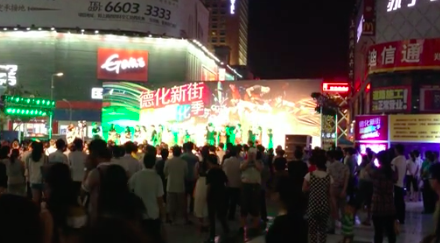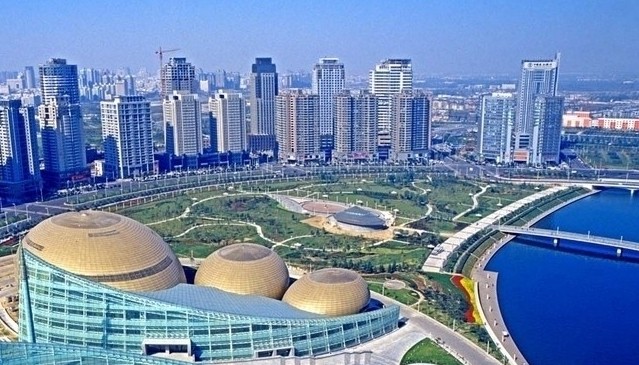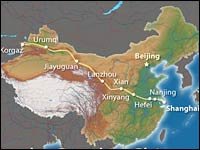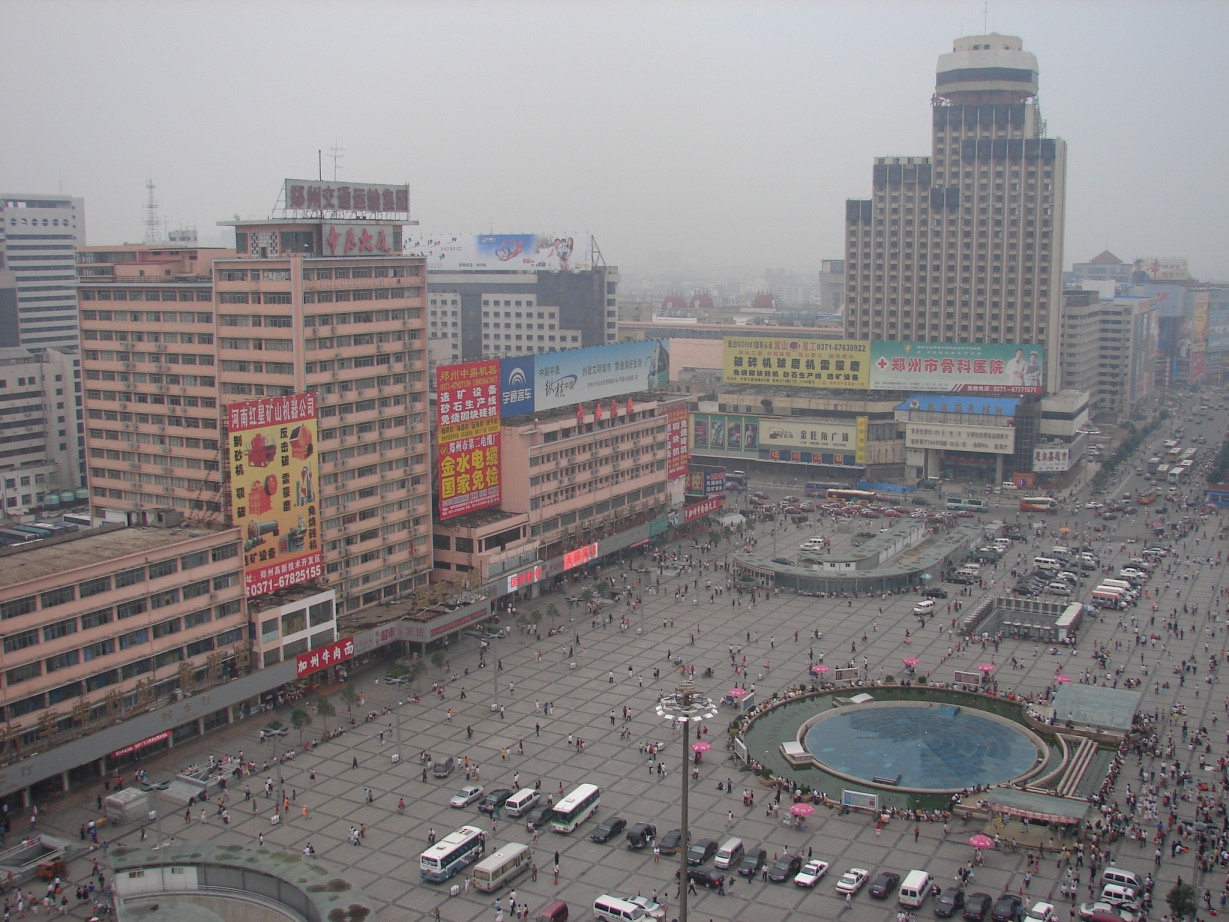A lot of folks warned me about traveling during national holidays in China. I should have listened.
During long holidays, like the one this week celebrating the founding of the People’s Republic of China in 1949, buses, trains and roads are jammed with people visiting their families or heading to tourist sites. My friend Damian and I ignored this fact and decided to travel to Xi’an to see the famous Terracotta Army of China’s first emperor, Qin Shi Huang.
It turned into the Trip From Hell, featuring a 25-mile bus ride from the Xi’an train station to the Terracotta site that lasted 3½ hours in bumper-to-bumper traffic and a one-hour line to get into the main exhibition. We were among thousands of visitors crammed together like sardines on a hot, muggy day and funneled into a narrow line leading to the largest of the three “pits’’ where the life-size clay warriors are displayed. I haven’t seen so much pushing and shoving since my last rush-hour trip on the New York subway.
When we finally got in to Pit 1, a huge space resembling an aircraft hangar that houses thousands of the soldiers, there were so many rows of people crowded around the edge that it was almost impossible to see any of the figures. We had to slowly work our way to the front to get a decent view, but when we did, the wait was worth it.
A childhood friend of mine had an impressive collection of toy soldiers that included an arsenal of tiny tanks, cannons and bazookas. But even he would have been blown away by the Terracotta Army.
It’s one of the greatest archeological discoveries of the 20th century: more than 7,000 lifelike soldiers (each with a different face), horses, chariots and weapons built to protect the emperor in the afterlife. They were made more than 2,000 years ago but weren’t discovered until 1974, when farmers digging a well near Xi’an unearthed underground vaults that turned out to be the home of the Terracotta Army. (The dig is ongoing. Thousands of soldiers are still underground.)
It’s now one of the biggest tourist attractions in China, drawing millions of visitors every year to what is now a Terracotta Army theme park. In addition to the excavation sites, there are more than a hundred small shops selling items adorned with the iconic images of the warriors. You can buy Terracotta Army plates, coffee mugs, key chains, hats, T-shirts, jewelry and toys. And, of course, you can purchase models of the soldiers ranging in size from miniature to life size.
Forget the kitsch, however, and remember that these incredibly detailed figures were handcrafted before Christ was born. Seeing them, even from a distance, is a reminder that human beings were creating great artworks long before the High Renaissance of da Vinci and Michelangelo.
So how were the craftsmen who built the Terracotta Army rewarded? Legend has it that they were buried alive to prevent them from revealing any of the emperor’s secrets. I can only imagine how Qin Shi Huang would have dealt with Edward Snowden.
Our journey actually got off to a nice start when we rode the high-speed “bullet’’ train from Zhengzhou to Xi’an, a 300-mile trip that took only 2 ½ hours. The train, part of the world’s largest high-speed rail network, is a modern marvel that zooms along at speeds of up to 200 miles per hour. It’s quiet, comfortable and reliable – a nicer, faster version of the Acela train that runs from Boston to Washington.
Each car has video screens that show travelogues, cartoons (“Tom & Jerry’’) and movies (I saw part of “Murder on the Orient Express’’), though no sound was available on our train. There was a snack bar and every car had bathrooms, including some with Western-style toilets. Attractive female attendants, dressed like stewardesses on an upscale Asian airline, sold food and drinks from carts they rolled down the aisles. And cleaning ladies constantly scooped up trash and even mopped the floor.
After our long day of traveling, we arrived back at Zhengzhou around 11:30 p.m. and took a taxi to our apartment complex. The cab didn’t have a meter, which made us suspicious. And sure enough, when it came time to pay, the driver tried to charge us more than double the regular fare. We argued for a while (the driver in Chinese, us in English) and when Damian insisted we weren’t going to pay the higher fare, the driver became furious and (we think) threatened to go to the police. We finally settled on a compromise fare, which seemed wise since it’s not a good idea for foreigners to end up in Chinese police stations.





I know how difficult it is to overlook the throngs of people at Chinese tourist venues and enjoy the tourist venue itself. Kudos to you for savouring the history and relevance of the Bing Ma Yong!